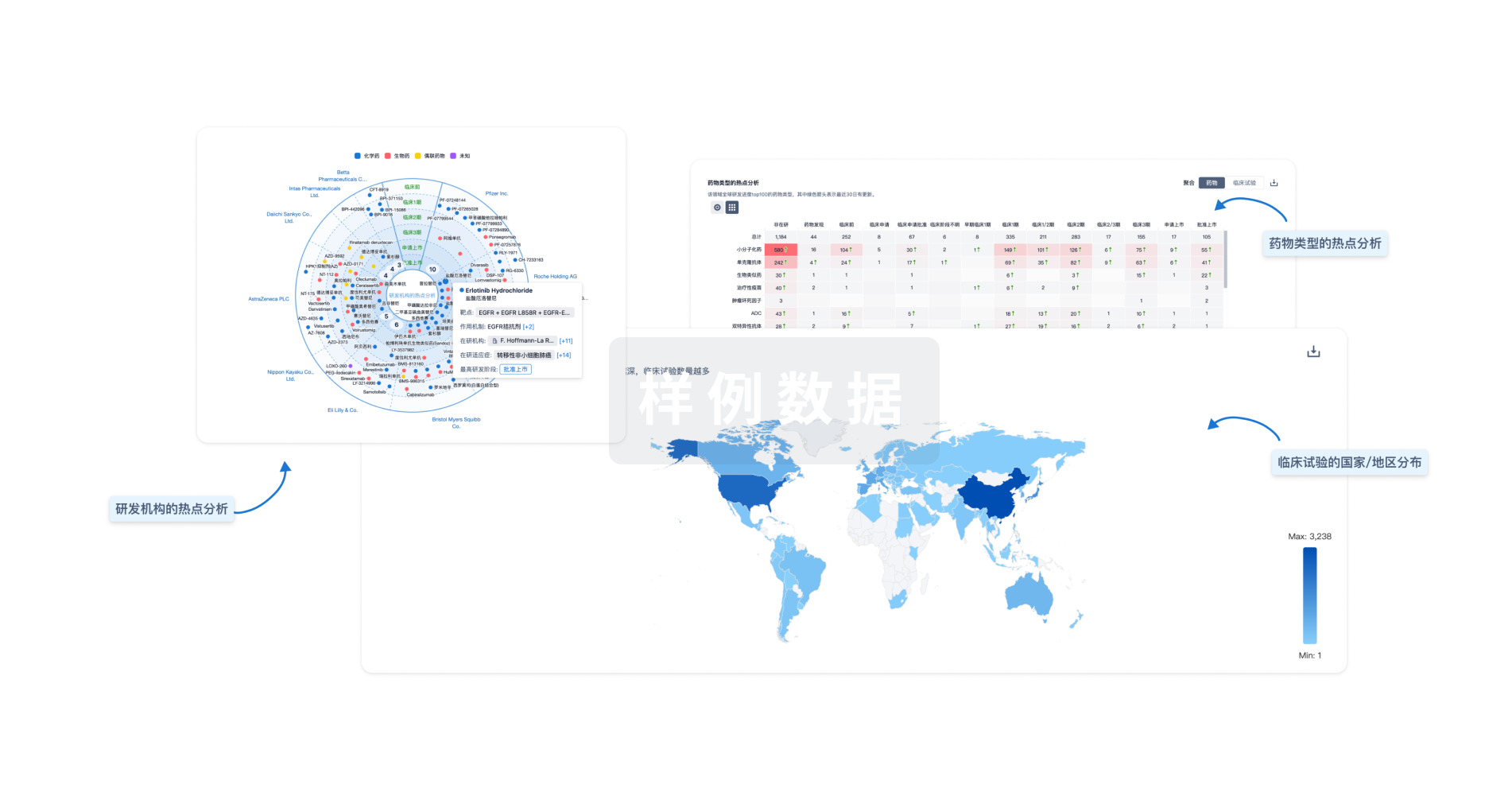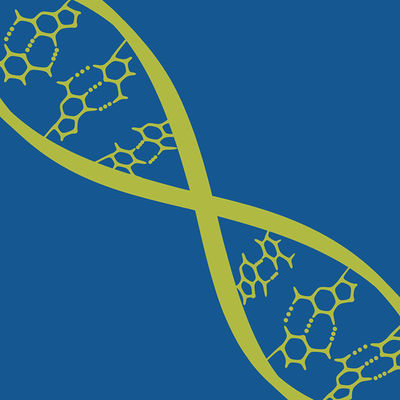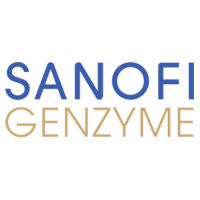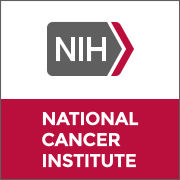预约演示
更新于:2025-05-07
Core binding factor acute myeloid leukemia
核心结合因子急性髓系白血病
更新于:2025-05-07
基本信息
别名 CBF-AML - core binding factor acute myeloid leukemia、Core Binding Factor Acute Myeloid Leukemia、Core binding factor acute myeloid leukaemia + [4] |
简介 Acute myeloid leukemia characterized by the presence of t(8;21)(q22;q22) or inv(16)(p13q22)/t(16;16)(p13;q22). These cytogenetic abnormalities result in disruption of the transcription factor CBF, which is a regulator of normal hematopoiesis. |
关联
3
项与 核心结合因子急性髓系白血病 相关的药物作用机制 FLT3抑制剂 [+5] |
在研适应症 |
非在研适应症 |
最高研发阶段批准上市 |
首次获批国家/地区 美国 |
首次获批日期2017-04-28 |
靶点 |
作用机制 Bcl-2抑制剂 |
在研机构 |
原研机构 |
非在研适应症 |
最高研发阶段批准上市 |
首次获批国家/地区 美国 |
首次获批日期2016-04-11 |
作用机制 POLA1抑制剂 [+3] |
原研机构 |
最高研发阶段批准上市 |
首次获批国家/地区 美国 |
首次获批日期2004-12-28 |
25
项与 核心结合因子急性髓系白血病 相关的临床试验NCT06917911
Phase II Study of Cytarabine + Daunorubicin (7 + 3) + Gemtuzumab Ozogamicin vs. Cytarabine + Daunorubicin (7 + 3) + Venetoclax for the Treatment of Newly Diagnosed Core Binding Factor Acute Myeloid Leukemia (CBF-AML) in Younger Adults: A MyeloMATCH Substudy
This phase II MyeloMATCH treatment trial compares the effect of venetoclax to gemtuzumab ozogamicin, when given with cytarabine and daunorubicin ("7+3" regimen), for the treatment of patients with core binding factor acute myeloid leukemia (CBF-AML). Venetoclax is in a class of medications called B-cell lymphoma-2 (BCL-2) inhibitors. It may stop the growth of cancer cells by blocking Bcl-2, a protein needed for cancer cell survival. Gemtuzumab ozogamicin is a monoclonal antibody, called gemtuzumab, linked to an antitumor antibiotic drug, called ozogamicin. Gemtuzumab is a form of targeted therapy because it attaches to specific molecules (receptors) on the surface of cancer cells, known as CD33 receptors, and delivers ozogamicin to kill them. Chemotherapy drugs, such as cytarabine and daunorubicin work in different ways to stop the growth of cancer cells either by killing the cells, by stopping them from dividing, or by stopping them from spreading. Giving venetoclax with cytarabine and daunorubicin may have fewer side effects and be as effective or better than the combination with gemtuzumab ozogamicin in treating patients with core binding factor AML.
开始日期2025-11-20 |
申办/合作机构 |
NCT06668558
Preemptive Treatment With Venetoclax Plus Azacitidine in Patients Diagnosed With Acute Myeloid Leukemia (AML) With Persistence or Reappearance of Measurable Residual Disease (MRD) After Frontline Chemotherapy and High-level MRD Prior to Allogeneic Hematopoietic Cell Transplantation (alloHCT)
The VERDI study is an investigator-initiated, multicenter, multicohort, phase II trial with combination of venetoclax + azacitidine for patients treated for AML under according to an intensive chemotherapy protocol (CETLAM-20) failing to achieve or maintain MRD negativity at pre-established time-points: at chemotherapy completion for ELN favorable subtypes, and prior to alloHCT for non-favorable European LeukemiaNet (ELN) AML patients.
The primary objective is to determine Ven/Aza treatment activity in MRD clearance in patients diagnosed with AML with persistent MRD or MRD reappearance after frontline chemotherapy, or prior to alloHCT.
The primary objective is to determine Ven/Aza treatment activity in MRD clearance in patients diagnosed with AML with persistent MRD or MRD reappearance after frontline chemotherapy, or prior to alloHCT.
开始日期2024-12-16 |
申办/合作机构- |
NCT06458244
The Efficacy of Allogeneic Hematopoietic Stem Cell Transplantation in Newly Diagnosed High-relapse-risk Core-binding-factor Acute Myeloid Leukemia
For newly diagnosed high-relapse-risk core-binding-factor acute myeloid leukemia participants, the investigators aim to perform allogeneic hematopoietic stem cell transplantation after participants finished one cycle of induction and two cycles of consolidation. To access whether the therapeutic regimen is effective for high-relapse-risk core-binding-factor acute myeloid leukemia, the disease-free-survival (DFS), overall survival (OS), non-relapse-mortality of participants is evaluated.
开始日期2024-09-21 |
申办/合作机构 |
100 项与 核心结合因子急性髓系白血病 相关的临床结果
登录后查看更多信息
100 项与 核心结合因子急性髓系白血病 相关的转化医学
登录后查看更多信息
0 项与 核心结合因子急性髓系白血病 相关的专利(医药)
登录后查看更多信息
331
项与 核心结合因子急性髓系白血病 相关的文献(医药)2025-03-01·Pediatric Blood & Cancer
Treatment of a Pediatric Patient with Core Binding Factor Acute Myeloid Leukemia Post‐Cytotoxic Therapy With Cytarabine, Daunorubicin, and Gemtuzumab Followed by Stem Cell Transplantation
Letter
作者: Khazal, Sajad ; McCall, David ; Tewari, Priti ; Sheikh, Irtiza N. ; Ragoonanan, Dristhi ; Petropoulos, Demetrios ; Nunez, Cesar ; Herzog, Cynthia E. ; Okeleji, Olayinka ; Uwaezuoke, Destiny ; Quesada, Andres ; Cuglievan, Branko ; Roth, Michael
2025-02-01·American Journal of Hematology
Efficacy of Midostaurin Combined With Intensive Chemotherapy in Core Binding Factor Leukemia: A Phase II Clinical Trial
Article
作者: Basilico, Claudia ; Ubezio, Marta ; Stefanucci, Marta Rachele ; Borlenghi, Erika ; Greco, Rosa ; Brando, Bruno ; Zappasodi, Patrizia ; Fumagalli, Monica ; Mancini, Valentina ; Veronese, Silvio Marco ; Nadali, Gianpaolo ; Krampera, Mauro ; Molteni, Alfredo ; Bernardi, Massimo ; Todisco, Elisabetta ; Grillo, Giovanni ; Di Camillo, Barbara ; Gatti, Arianna ; Beghini, Alessandro ; Turrini, Mauro ; Riva, Marta ; Bernasconi, Davide Paolo ; Cairoli, Roberto
2025-02-01·Annals of Hematology
Genetic abnormalities predict outcomes in patients with core binding factor acute myeloid leukemia
Article
作者: Huang, Xiaojun ; Duan, Wenbing ; Lu, Shengye ; Zhao, Ting ; Shi, Hongxia ; Wang, Jing ; Jiang, Qian ; Fu, Qiang ; Xu, Lanping ; Qin, Yazhen ; Wang, Yu ; Lai, Yueyun ; Tang, Feifei ; Jiang, Hao ; Zhang, Xiaohui ; Wang, Yazhe ; Hu, Lijuan ; Yu, Shunjie ; Sun, Yuqian ; Jia, Jinsong ; Yang, Sen
分析
对领域进行一次全面的分析。
登录
或

生物医药百科问答
全新生物医药AI Agent 覆盖科研全链路,让突破性发现快人一步
立即开始免费试用!
智慧芽新药情报库是智慧芽专为生命科学人士构建的基于AI的创新药情报平台,助您全方位提升您的研发与决策效率。
立即开始数据试用!
智慧芽新药库数据也通过智慧芽数据服务平台,以API或者数据包形式对外开放,助您更加充分利用智慧芽新药情报信息。
生物序列数据库
生物药研发创新
免费使用
化学结构数据库
小分子化药研发创新
免费使用



